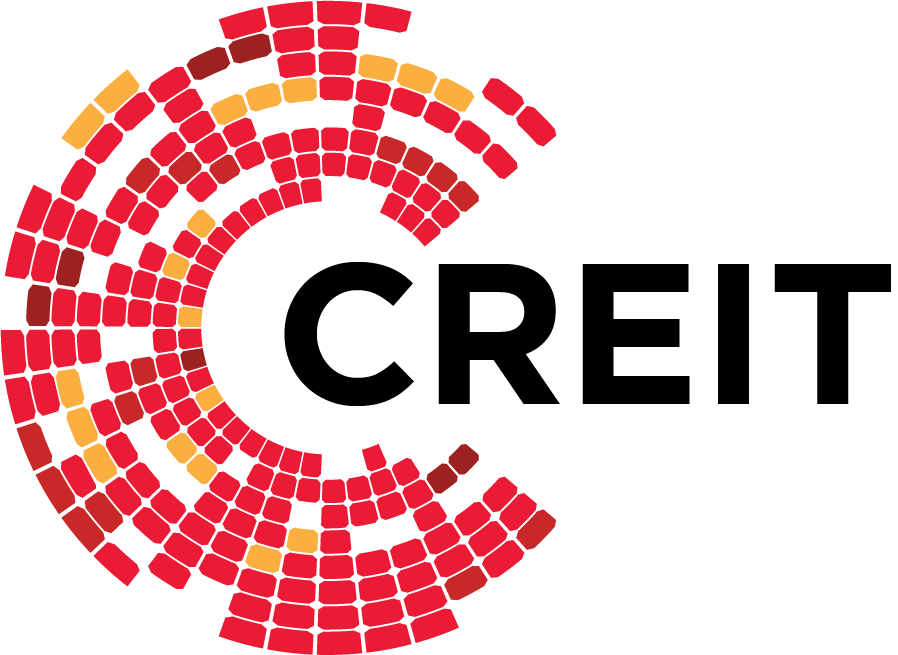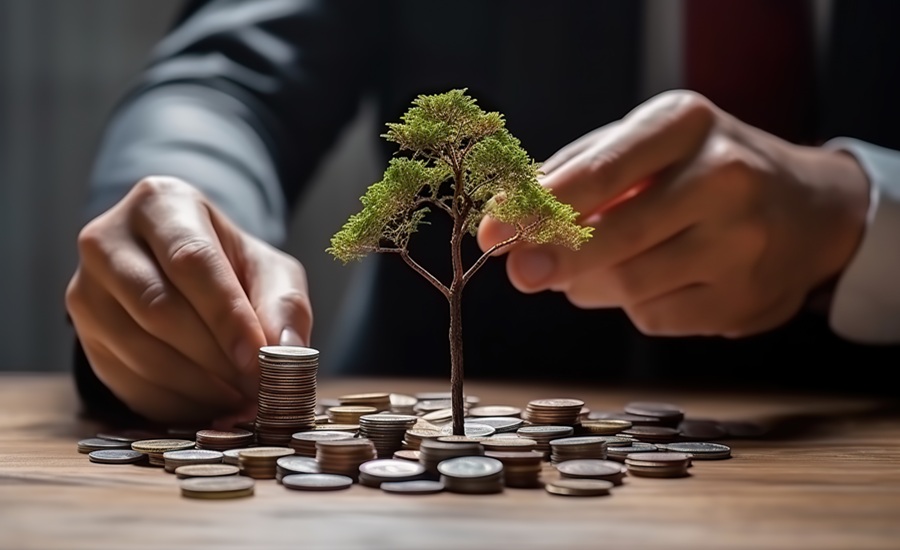Impact investing is steadily gaining ground among Filipino investors who want their capital to deliver more than just profits. As environmental and social issues continue to advance, a growing number of individuals and institutions are choosing to direct their money toward investments that offer both financial performance and real-world impact.
Whether it's funding renewable energy infrastructure, supporting inclusive communities, or promoting sustainable business models, impact investing allows investors to align their portfolios with their principles. In the Philippines, this growing interest reflects a shift toward more responsible investing, where achieving returns and making a positive difference can go hand in hand.
This guide will walk you through the fundamentals of impact investing, from how it works and its defining elements to the types of investments available and the long-term value it offers. If you're ready to explore how your capital can fuel meaningful change in the local context, read on.
What is Impact Investing and How Does It Work?
Impact investing refers to the practice of allocating funds to ventures that generate measurable social or environmental impact alongside financial returns. These investments are strategic—intended not only to grow your money but also to contribute to projects that solve pressing challenges, such as climate change, energy access, or social inequality.
Unlike traditional investing, which focuses solely on maximizing profits, impact investing is anchored in the belief that positive change and financial success are not mutually exclusive. In the Philippines, this might look like investing in solar energy farms, agricultural technology startups helping local farmers, or community housing initiatives.
Impact investments span a variety of asset classes, including exchange-traded funds (ETFs), private equity, bonds, and real estate. What matters most is the intention behind the investment and the ability to track and measure its societal or environmental benefits.
Related Article: Alternative Investments in the Philippines: Strategies for Business Growth
Key Elements That Shape Impact Investing
To distinguish impact investing from other forms of responsible investing, it must be rooted in specific characteristics. Here are the elements that define it:
- • Intentionality: The investor clearly aims to produce a positive, beneficial impact. This is a conscious decision, such as supporting a clean energy initiative not just for profit, but to reduce reliance on fossil fuels.
- • Financial Return: Impact investing is not philanthropy. It seeks financial returns, whether at market rate or below-market depending on the investment goal and structure.
- • Measurable Impact: Successful impact investments provide data and outcomes. For example, a renewable energy project might report megawatts generated or emissions reduced.
- • Across Asset Classes: From equity stakes in local enterprises to fixed-income products like green bonds, impact investments exist across diverse platforms.
- • ESG Integration: Although not the same as ESG investing, impact investments often consider environmental, social, and governance (ESG) factors when evaluating opportunities and risks.

The Different Types of Impact Investing
Impact investing in the Philippines spans a diverse range of opportunities tailored to the country’s socioeconomic landscape. From infrastructure development to grassroots enterprises, here are key types of impact investments that have the potential to help you grow your capital while driving meaningful change:
1. Renewable Energy Projects
Investing in solar, wind, and hydropower supports the nation’s shift toward energy independence and environmental sustainability. These initiatives not only help reduce greenhouse gas emissions; they also provide cleaner and more stable energy sources in underserved regions. One example is CREIT, which offers investors the chance to take part in the renewable energy sector while earning reliable, long-term income.
2. Green Bonds
Green bonds are fixed-income instruments used to finance environmentally sustainable projects. For investors seeking predictable income with environmental benefits, these bonds offer a low-risk, impact-driven alternative.
3. Sustainable Agriculture
Supporting agricultural innovations and agri-based cooperatives enables Filipino farmers to access better technologies, improve yields, and implement eco-friendly practices. These investments promote food security, uplift rural communities, and strengthen supply chains—all while creating viable returns.
4. Social Enterprises
Social enterprises operate with a mission-first mindset. They tackle issues like healthcare access, financial inclusion, or education for marginalized groups while still pursuing profitability. By investing in these ventures, you can support systemic change and build equity in purpose-led businesses.
5. ESG-Focused Funds and ETFs
Exchange-traded funds and managed funds that screen for environmental, social, and governance performance provide diversified exposure to well-governed, sustainability-focused companies. These are ideal for investors seeking market liquidity while maintaining impact alignment.
6. Real Estate Investment Trusts (REITs) in Sustainable Sectors
REITs that support sustainable infrastructure—such as clean energy developments and eco-friendly industrial zones—present an opportunity to earn stable dividends from crisis-resilient assets. For example, CREIT focuses on energy infrastructure that contributes to national sustainability targets, offering investors dependable returns with measurable impact.
Each of the options above allows you to tailor your strategy based on risk appetite, desired impact area, and financial goals. Either way, the key is to choose investment vehicles that align with both your values and your vision for the future.
What are the Benefits of Impact Investing?
Impact investing creates value beyond profit. Here are the key benefits:
1. Purpose and Profit in Hand-in-Hand
Impact investing allows you to generate competitive financial returns while supporting causes that matter. It blends profit with purpose, offering a way to grow wealth and make a difference at the same time. This is particularly appealing to Filipino investors who are increasingly conscious of the social and environmental implications of their investment choices.
2. Diversified Exposure to Growth Sectors
Once you take part in impact investing, you gain access to a wide range of high-potential industries, such as renewable energy, sustainable agriculture, and inclusive finance. This diversification reduces risk and increases opportunities for growth, especially in emerging sectors aligned with national development goals.
3. Tangible, Measurable Outcomes
Unlike traditional investments that focus solely on return metrics, impact investments offer transparent, trackable results. Investors are able to measure actual changes, such as the amount of carbon emissions reduced or the number of communities with improved access to clean energy or essential services.
4. Reinforced Social Responsibility
Impact investing reflects a commitment to responsible investing. It demonstrates to stakeholders—from clients to business partners—that you prioritize values like environmental stewardship, inclusive growth, and ethical governance, thereby enhancing your personal or institutional reputation.
5. Long-Term Portfolio Resilience
Businesses that solve real-world problems tend to be more adaptable and sustainable. Investing in such ventures provides more stability during economic shifts or global disruptions. In the Philippine setting, this means being better prepared for local challenges such as typhoons, energy shortages, or shifting policy landscapes.
6. Alignment with National and Global Sustainability Goals
Impact investing supports both the country’s climate commitments and the broader United Nations Sustainable Development Goals (SDGs). It empowers investors to be part of the solution to issues like poverty, clean energy transition, and equitable economic growth.
7. Meaningful Engagement with Investments
Finally, more than the numbers, impact investing offers a deeper sense of satisfaction. You get to witness how your money is being used to fund purposeful initiatives—bringing positive change while securing your financial future.

Achieve Your Impact Investment Goals with CREIT
Impact investing empowers you to shape a better future without compromising financial performance. As more Filipino investors look for meaningful ways to grow their capital, aligning with ventures that reflect their values becomes a smart, sustainable strategy.
As the Philippines’ first renewable energy REIT, we are committed to powering change through investments in clean, long-term infrastructure. Whether you're just starting or expanding your impact portfolio, CREIT offers a platform that combines financial stability with tangible environmental benefits.
Visit our portfolio to see how your investments can generate lasting impact. Let your investments build a more sustainable tomorrow. Contact CREIT today.


